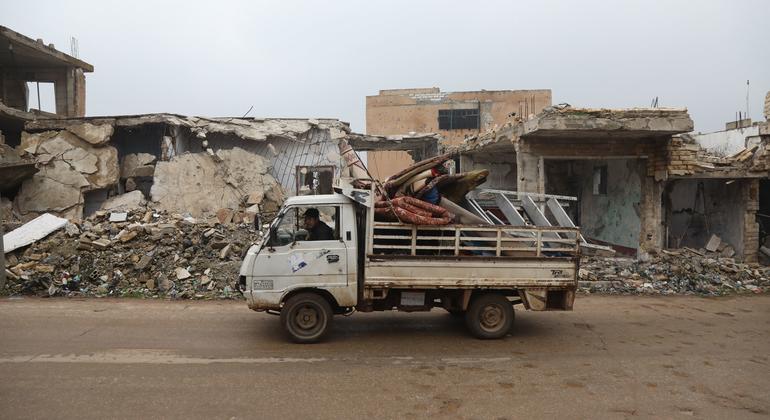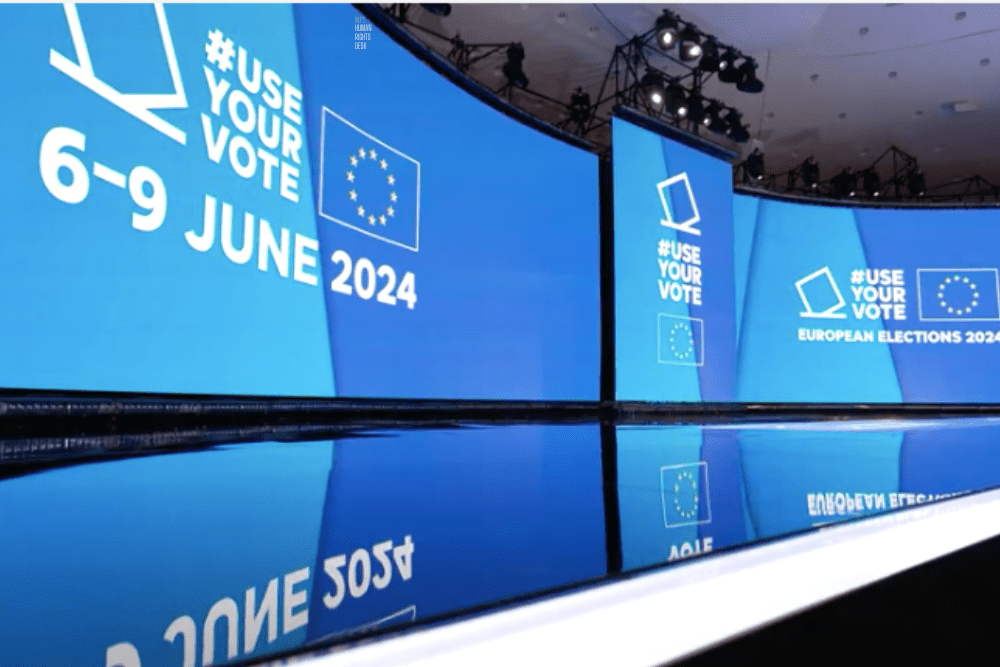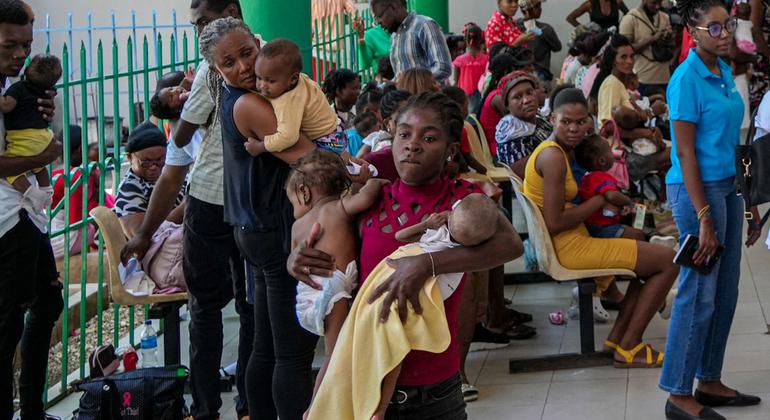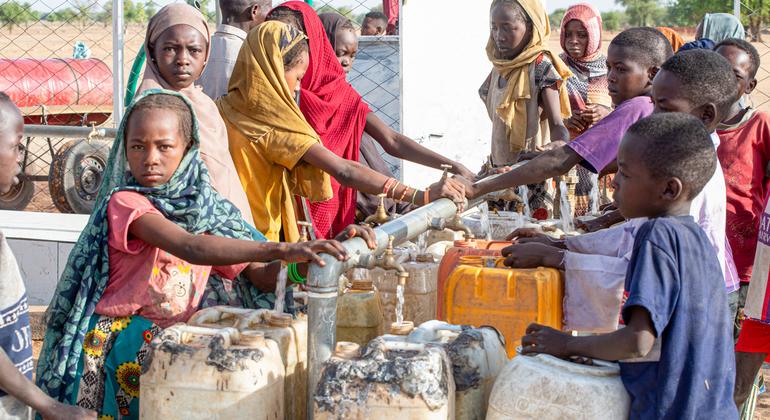Martin Griffiths, the UN Emergency Relief Coordinator, highlighted the worsening humanitarian crisis, noting that 16.7 million people now require humanitarian assistance, the highest number since the conflict began 13 years ago.
He stressed that the situation is deteriorating year by year, with a particular emphasis on the ongoing protection crisis as children continue to be killed and women and girls face increasing levels of sexual and gender-based violence.
In addition, an unstable economic situation is compounding suffering and perpetuating instability. According to the UN World Food Programme (WFP), the cost of living has more than doubled over the past year, and there are no signs of improvement in the near future.
“More than seven million people remain displaced within Syria, with millions more living as refugees in neighbouring countries,” Mr. Griffiths said.
He underscored the need for sustained humanitarian access through both cross-border and crossline operations.
Welcoming the recent extension granted by the Syrian Government for use of the Bab al-Salam border crossing, the UN relief chief highlighted the need for more long-term commitments based on needs rather than set time periods
Security concerns
Geir O. Pedersen, the UN Special Envoy for Syria, described the political impasse as deeply entrenched, with no clear political path to implement UN Security Council resolution 2254, which outlined a roadmap for Syria’s political transition.
He warned of the risks of prolonged division and despair, which threaten not only Syrians but the broader international community.
“A dizzying array of local and international actors and listed terrorist groups remain engaged in conflict, inside and over Syrian territory, across multiple theatres,” Mr. Pedersen said.
He detailed ongoing clashes across the north of the country and security tensions within areas of control, complicated by the fallout of the war in Gaza, including Israeli airstrikes inside Syria and rocket and drone attacks from Syrian territory towards the Israeli-occupied Syrian Golan and Israel.
“If these dynamics simply continue, we will inevitably see even more civilian suffering. And we could also see major escalations and further instability radiating across the region,” he warned, also reiterating the need for a ceasefire in Gaza.
“Regional de-escalation efforts starting with a humanitarian ceasefire in Gaza is absolutely essential,” he stressed.
Piecemeal approach will not work
Mr. Pedersen further emphasised the need for a comprehensive political solution involving the Syrian Government, opposition, civil society and key international actors such as Iran, Russia, Türkiye, the United States, Arab and European nations and the Security Council.
“No actor on its own can solve the crisis, and none of the existing diplomatic groupings can either. Constructive international diplomacy with the contribution of all is the only way forwards,” he stressed.
At the same time, Constitutional Committee meetings must be resumed and concrete confidence-building measures undertaken to stabilise the situation.
“Many understand that the situation in Syria is dangerous, that the current piecemeal approach will not suffice to stem the tide and that a strategy of containment and alleviation will not stabilise the dangerous and unpredictable situation in Syria, just as it hasn’t elsewhere in the region,” he said.
A wide view of the UN Security Council chamber as members meet to discuss the situation in Syria.












